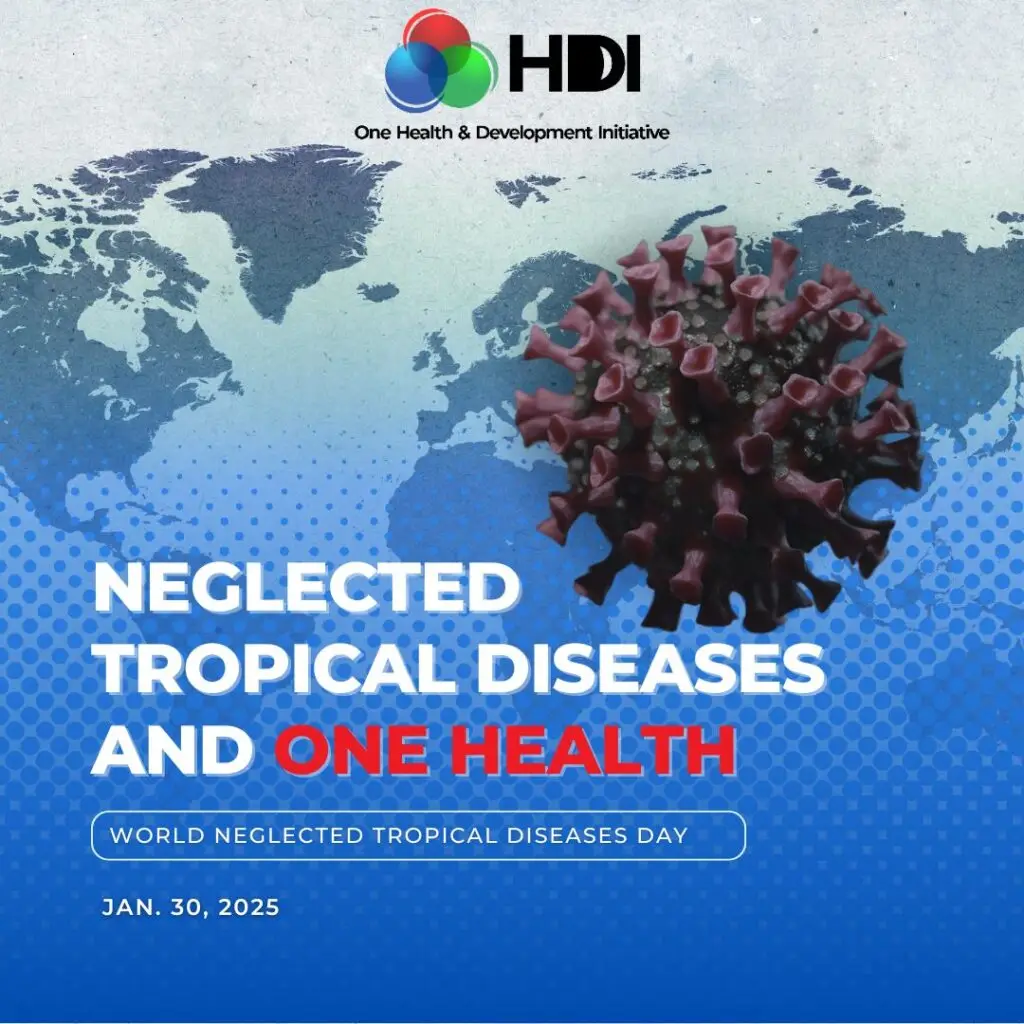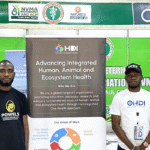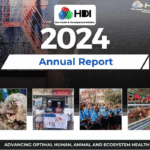
Neglected Tropical Diseases (NTDs) continue to pose significant health, economic, and social burdens, particularly on vulnerable communities across Africa. NTDs primarily affect impoverished populations with limited access to healthcare, clean water, and proper sanitation. Given their intricate links to human health, animal health, and environmental factors, addressing NTDs requires a holistic and collaborative approach. The One Health framework offers an integrated solution that recognizes the interdependence of these sectors in combating NTDs.
Understanding NTDs and Their Burden in Africa
NTDs are caused by different microorganisms, including bacteria, viruses, parasites, fungi, and toxins. According to the World Health Organisation, Neglected tropical diseases comprise 21 distinct diseases or disease groups that primarily affect populations in tropical and subtropical regions. These include Bilharzia (schistosomiasis), Buruli ulcer, Chagas disease, Dengue and Chikungunya, Echinococcosis, Elephantiasis (lymphatic filariasis), Foodborne trematodiases, Guinea worm disease, Intestinal worms (soil-transmitted helminths), Leishmaniasis (cutaneous and visceral), Leprosy, Mycetoma, Noma, Rabies, River blindness (onchocerciasis), Scabies, Sleeping sickness, Snakebite envenoming, Taeniasis and cysticercosis, Trachoma, and Yaws.
Africa bears a significant proportion of the global NTDs burden, with about 400 million (representing 40% of the global burden) suffering from diseases which are largely preventable and treatable. These diseases thrive in poor sanitation conditions, inadequate vector control, and close interactions between humans and animals. For example, zoonotic NTDs like rabies and leishmaniasis are directly linked to animal reservoirs, while diseases like schistosomiasis are linked to contaminated water sources. Addressing these challenges requires cross-sectoral collaboration that goes beyond traditional healthcare approaches.
The One Health Approach in Combating NTDs
The One Health approach advocates for collaboration between human health, animal health, and environmental sectors to develop sustainable solutions for disease prevention and control. By integrating expertise from veterinary medicine, epidemiology, environmental science, and public health, One Health ensures that interventions are more effective and far-reaching.
Below are some practical ways in which the One Health approach helps in combatting NTDs
- One Health promotes joint disease surveillance systems
These joint surveillance systems help to monitor NTD transmission in humans, animals, and the environment. For instance, early detection of rabies in dog populations allows for timely vaccination programs, reducing the risk of human infections. Similarly, tracking waterborne pathogens linked to schistosomiasis helps implement targeted control measures.
- Through improved Water, Sanitation, and Hygiene (WASH) interventions
Neglected Tropical Diseases thrive in environments with inadequate sanitation and unsafe drinking water. The One Health approach promotes access to clean water access, improved sanitation infrastructure, and community-led hygiene education to break the transmission cycle of diseases by collaborating with relevant stakeholders. - By promoting integrated vector control strategies
Vector-borne NTDs such as dengue fever require integrated vector management strategies. This includes environmental modification, biological control methods, and responsible insecticide use to effectively reduce disease transmission while reducing their impact on the environment. - Strengthening healthcare systems and promoting vaccination programs
Many NTDs, such as rabies and echinococcosis, have zoonotic origins. Implementing mass animal vaccination programs and improving animal welfare standards can significantly reduce transmission to humans. Also, strengthening both human and veterinary public health infrastructures ensures early intervention and long-term impact. - Community engagement and education
Educating communities about the links between human, animal, and environmental health promote sustainable disease prevention behaviours. One Health advocates for community-driven approaches that empower people to take active roles in disease control initiatives, such as reporting rabid animals or participating in hygiene campaigns.
What are the challenges, and how will we move forward?
While the One Health approach has proven effective, several challenges hinder its full implementation in Africa, including limited funding, lack of coordinated policies, and insufficient infrastructure. There is a need to foster capacity building for healthcare workers, veterinarians, and environmental health professionals. Also, policy reforms that integrate One Health principles into national healthcare systems will ensure that the benefits of the One Health approach in combatting NTDs are fully maximized.
Furthermore, increased investment in research and surveillance and consolidating cross-border collaborations for disease monitoring to identify emerging disease threats will strengthen health systems to better respond to and control outbreaks. Without denying, community involvement and participation are crucial to the sustained impact of the One Health approach. Promoting greater participation at the community level fosters positive behavioural changes that prevent NTDs.
In conclusion, as we commemorate World NTD Day, it is crucial to recognize the role of the One Health approach in tackling these diseases effectively. By fostering collaboration between human, animal, and environmental health sectors, we can achieve lasting progress in controlling and eliminating NTDs across Africa.











